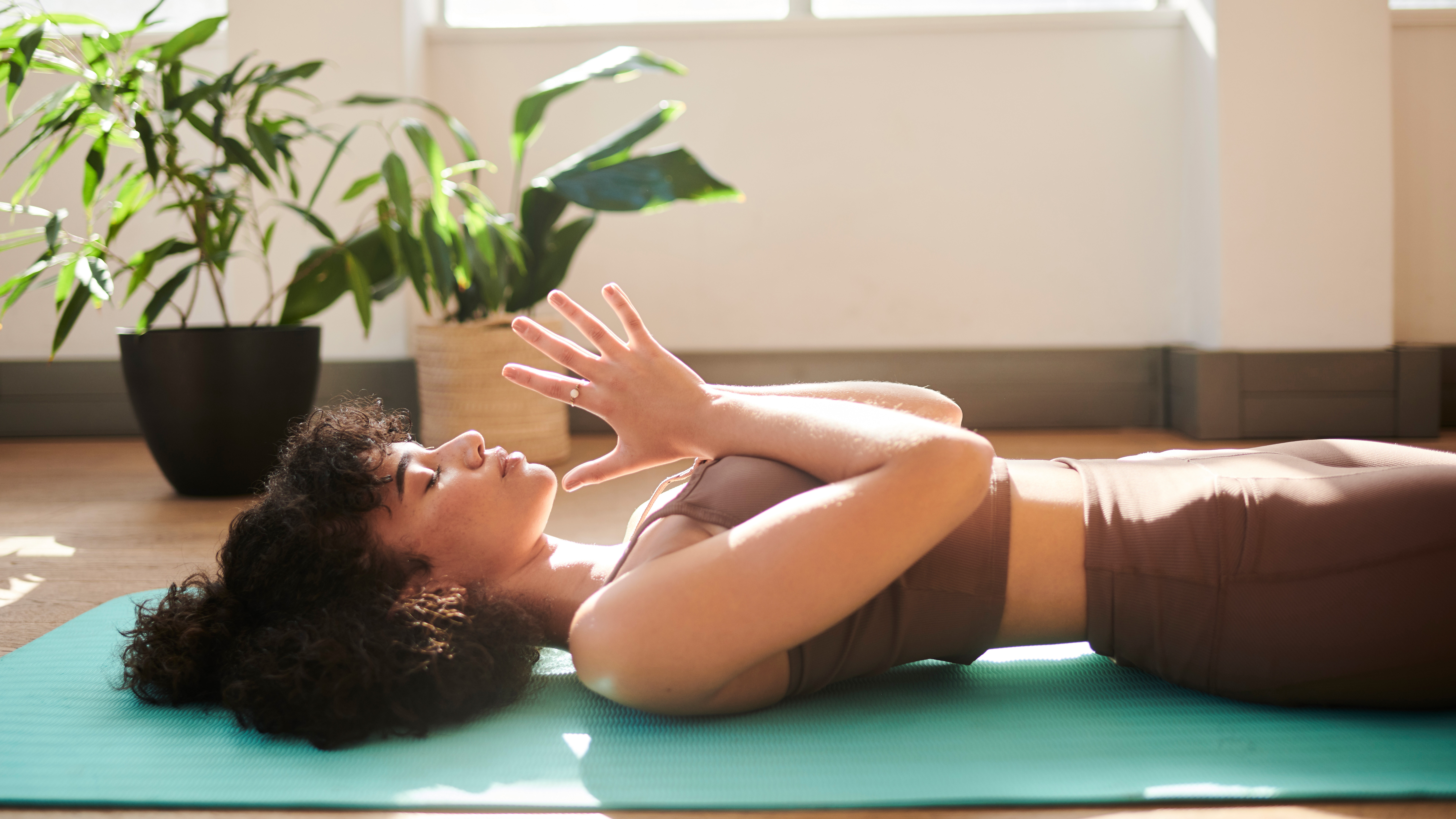
I’ve been doing yoga since my teens and, like many people, I usually focus on Vinyasa Yoga.
Vinyasa gets your body moving, your heart pumping and often includes strength-building postures like planks. I typically do this type of yoga alongside cardio four or five times a week.
Recently on YouTube I saw a video in the sidebar titled ‘Full Body Yin Yoga for Beginners’. I clicked on it not knowing what to expect and found the instructor (Kassandra Reinhardt) was still for most of the session.
With my curiosity piqued, I googled ‘Yin Yoga’ and learned that this type of yoga involves holding a series of poses for several minutes each to improve flexibility, circulation and relaxation. Always down to try something new, I decided to do Yin Yoga every evening for a week.
I started with this beginner’s video before moving on to classes focused on certain body parts, like hips and hamstrings or back and shoulders. The sessions I tried lasted between 30 and 45 minutes.
I did lots of seated poses, including forward folds, spinal twists and hip openers. There weren’t as many standing or balancing poses as you would find in a Vinyasa yoga class.
At first, I struggled to stay still in the poses without fidgeting. I felt like I wasn’t doing enough. But I tried to embrace the passive nature of the practice, which got easier over time.
By the end of the week, I felt several changes in my body.
1. Improved hip mobility
My hips felt more mobile and limber when I was winding down for the day. Hip flexor poses—like pigeon and lizard—feature regularly in Yin Yoga so this wasn’t a surprise.
Doing these moves helped ease the tightness that had built up after a long day of sitting down at a desk to work, making me feel more comfortable.
2. Better lower-body flexibility
My body adapted and moved deeper into some poses after regular practice; I was finally able to rest my head on my knees in a forward fold and bring my calf parallel to the short end of my yoga mat in pigeon.
I didn’t have to force myself into these shapes—once I relaxed, gravity did the rest of the work for me. Functionally, this meant more flexibility in my quads, calves and shins.
3. Fewer aches and pain
As a runner, I have often struggled with shin splints during and after my runs, even when I’d warmed up properly.
But during my week of Yin Yoga, I didn’t get the usual lower-body aches and pains. My body felt looser and freer, and I was even able to run a little longer than usual.
Need something soft and supportive for your practice? Our guide to the best yoga mats can help







